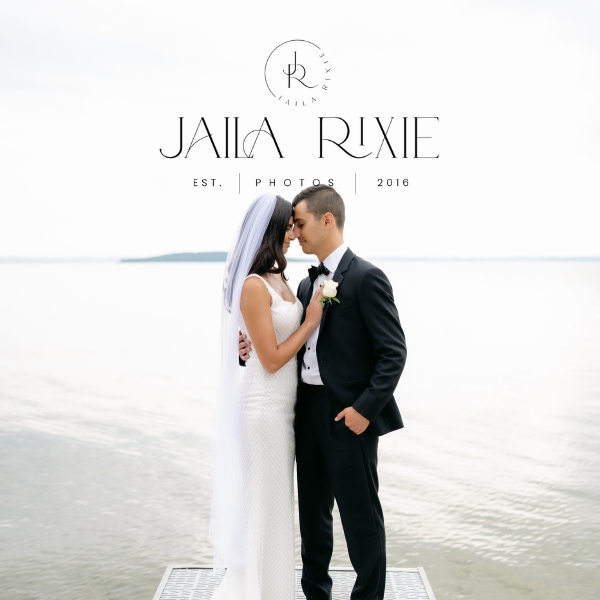We love to see the different ways that weddings are celebrated around the world and in particular the customs that are followed and the amazing costumes and outfits that are worn by both the bride and groom. Indonesian wedding photographer DITTO DIANTO is bringing us three captivating looks of a Balinese Bride and we couldn't love them more. With planning by DIVINE PROJECT BALI the shoot took place at the stunning BLUE KARMADIJIWA UBUD.
The Balinese wedding ceremony is a vibrant and culturally rich celebration that is steeped in tradition and symbolism. One of the most captivating aspects of this ceremonial journey is the transformation of the bride's appearance through three distinct looks, each holding its own significance and charm. From the intricate details of the attire to the meticulously crafted accessories, let's delve into the three mesmerizing looks that adorn a Balinese bride on her special day.
The Traditional Elegance:
At the heart of a Balinese bride's transformation is the traditional wedding attire known as "Payas Agung." This ensemble showcases the bride adorned in a stunning kebaya, a fitted blouse, accompanied by a songket (a traditional handwoven fabric) skirt with vibrant patterns. The ensemble is often layered with a selendang, a long piece of fabric worn diagonally across the body. The traditional Balinese makeup, known as "geguritan," graces the bride's face, featuring striking gold and red hues. This first look pays homage to Balinese customs and heritage, evoking a sense of timeless elegance that connects the bride with her cultural roots.
The Ceremonial Allure:
As the wedding ceremony progresses, the bride undergoes a transformation into her second look, referred to as the "Gagodoh" attire. This ensemble is characterized by a vibrant and intricately woven ikat fabric that drapes around the bride's body. The attire is often accompanied by elaborate gold jewelry, including necklaces, earrings, and bracelets. The bride's hair is adorned with fresh flowers, adding a touch of natural beauty to the ensemble. The "Gagodoh" look symbolizes the bride's transition into a new phase of life, embodying grace, femininity, and devotion.
The Radiant Elegance:
The final look that completes the Balinese bride's transformation is the "Pesanakan" attire. This ensemble exudes radiance, featuring a shimmering gold or silver outer layer worn over a gown-like dress. The bride's hair is styled elaborately, often with intricate ornaments and fresh flowers that add a touch of glamour. The "Pesanakan" look symbolizes the bride's journey to becoming a wife and showcases her resplendent beauty. It's a modern interpretation that still holds dear to traditional elements, embodying the fusion of old and new.
The three enchanting looks of a Balinese bride tell a story of culture, tradition, and transformation. Each attire not only captures the bride's beauty but also embodies the depth of emotions and significance attached to every phase of her wedding ceremony. From the intricate details of the "Payas Agung" to the radiant allure of the "Pesanakan," these looks are a visual representation of the bride's passage into a new chapter of her life, all while honouring the rich tapestry of Balinese heritage.
























A big thank you to Indonesian wedding photographer DITTO DIANTO for sharing this stunning shoot with us! Based in both Northern California and Bali, Indonesia, Ditto worked as a chef in different parts of the world before he found his passion for photography and now calls the San Francisco Bay Area home. He shares with us, "I am a hybrid photographer (digital & film). My photography is often described as romantic, bright, vibrant and natural that lends itself from my love of film look. My approach is a mix of photojournalism and fine art. When I'm not behind the camera or editing the latest wedding, you can find me spending time with my wife and our two tabbies, cooking, gardening or watching our local team on tv." You can see more in his portfolio here, and be sure to check out this Romantic Picnic Engagement under a canopy of almond blossoms.







Leave A Comment
Comments (2)